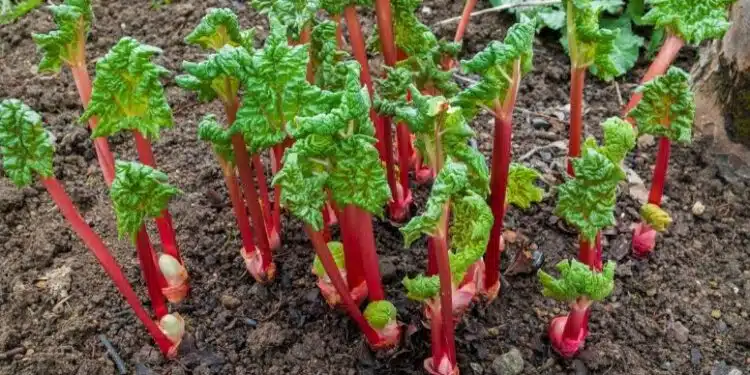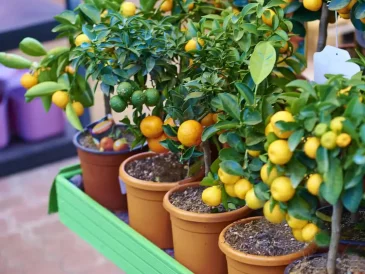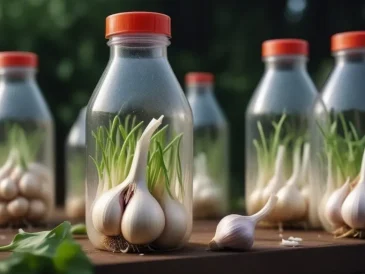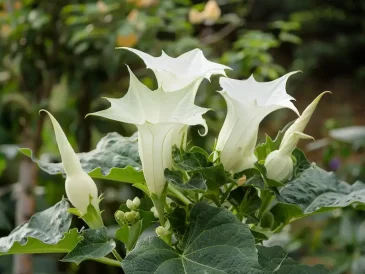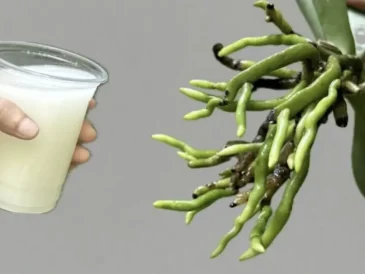Gardening can be very rewarding for people whether they do it for fun or as a job. Working outside in the sun and fresh air is not even the best part of it.
As a result, you will get homegrown fresh vegetables and fruits which people would pay lots of money to buy. This way, you will have them for free!
Some vegetables grow as annuals. This means that they only grow during one season and after that, you will have to sow new seeds next year for them to regrow. However, not all vegetables are annuals.
There are some vegetables and fruits that you will only plant them once and they will regrow again year by year, giving you healthy and fresh food for your family. These are only 10 of the best ones we could of think of right now:
Kale
Kale can be grown very easily and it enjoys colder climates. Plant your kale in the early days of spring about 3-5 weeks before the last frost. However, make sure you’re careful if the temperatures drop to the 20s.
If they do, make sure you cover them for protection from the hard frost. You can also plant kale in the fall, 6-8 weeks before the first frost.
Kale can tolerate being exposed fully in the sun, but preferably, you will need to plant them where they will get partial shade. The best soil for this plant is a nitrogen-rich one.
Sorrel
A less commonly grown vegetable, the sorrel will make an amazing addition to your variety of vegetables in your garden. It’s a leafy green with a very lemony and tart flavor.
Just like kale, sorrel grows in cooler climates and its harvesting period is in spring and fall for the best quality and flavor. Most sorrel grows to be one foot tall, however, they can reach up to two feet in width.
If possible, you should grow sorrel in full sun, however, they can also tolerate a bit of shade.
Asparagus
Asparagus is one of the easiest, most commonly grown permanent crops. It can be planted on the edge of a small garden, along a fence or among flower beds. Asparagus can be dehydrated and canned, and it makes for a healthy side dish!
By planting one-year-old roots, you can usually begin harvesting in about three years. It’s an investment that will pay off with a little patience.
Asparagus requires a lot of nutrients to grow, so make sure you’re taking care of your soil!
Artichokes
People grow artichokes for their large and edible flower buds. Even though these plants are perennials, they won’t last as long as the asparagus. Usually, the artichoke plant gives products for 5 years before it dies.
Make sure you plant each one 4 feet apart because they grow very large. For harvesting, make sure that the artichoke buds are about three inches in diameter.
Jerusalem Artichokes
Compared to normal artichoke, the Jerusalem artichokes are somewhat different. Artichoke that you can find in markets and stores are just the flower of the artichoke plant, whereas Jerusalem artichokes are tubers, kind of like a combination of potatoes and ginger.
Well-drained and alkaline soils are ideal for this plant. Every single plant of the Jerusalem Artichoke produces 20 tubers upwards. After the first frost is when you should harvest the plant.
They can grow very big so when you’re planting them, make sure they are all six inches far from one another.
Watercress
Compared to the rest of the vegetables and fruits in the list, watercress needs completely different situations to grow. The best environment for it to grow in a bog.
However, do not be discouraged because creating a bog is not that difficult, especially if you have access to a creek or stream. However, if you don’t, you can make one yourself. You can make it in the ground with a pond liner for retaining the water.
Additionally, you can make it from a two-feet deep tub. You will need to combine gardening soil, sand, and compost in equal parts. Add slow-release fertilizer and fill the container with water.
Make sure you don’t add to much water, however. You’ll need enough water to make the soil soak without any water standing on top. After, you’ll be able to spread the watercress seeds so they will start growing.
Blueberries
Compared to the rest of the list plants, blueberries are pretty different. For one, they’re not a vegetable. Secondly, unlike the others, blueberries grow on a mush.
The best time to plant blueberries is in the early days of spring. You can also plant blueberries in containers such as a bucket. However, if you decide to plant them on the ground, make sure they’re set 5 feet apart.
They require being placed in a spot where the sun will shine on them continuously for them to grow.
Rhubarb
Planting rhubarb will give you the perfect ingredient for pies, jams and preserves. And it grows quickly!
If you plant a couple of roots that are a few years old, you’ll be able to harvest in the spring. It’s an attractive plant with large, luscious leaves.
Once it starts growing, you’ll have all you’ll ever need! Rhubarb is one of the first plants to provide food in the spring time. You can use rhubarb for baking, making sauce and canning.
Horseradish
Horseradish makes a great condiment for many meals. The plant is long with tan-colored roots and tough leaves. It’s super easy to grow, but it can become invasive in a garden.
Plant it in an isolated area or in a container instead. The more you weed and water the plant, the thicker the roots will be and the easier it will be to make your own horseradish sauce.
Chives
If you don’t have a garden, don’t worry. Chives can be planted in small pots in a sunny windowsill! The harvested leaves can be snipped into small pieces and added to soft cheeses, soups, salads and other foods.
They’re delicious on freshly baked potatoes. Chive leaves dehydrate quickly and easily while retaining their flavor and color. They can be rehydrated later on for use.
